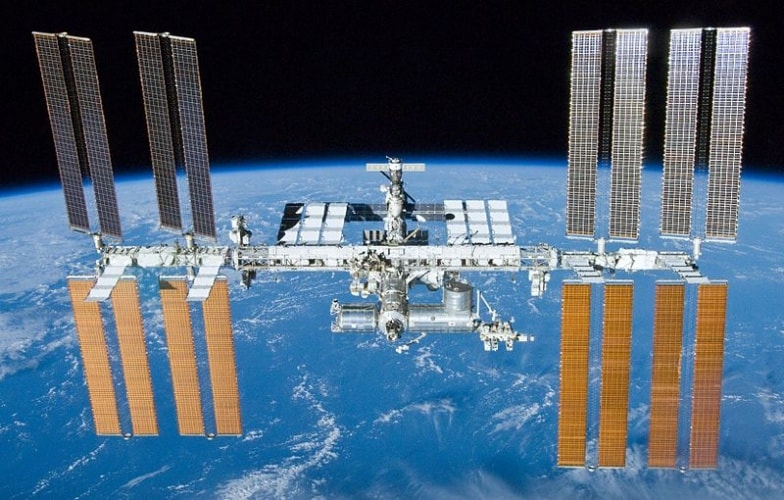
Scientists at Edinburgh University have developed 18 matchbox-sized prototype biomining reactors to test how low gravity affects the ability of bacteria to extract materials such as iron, calcium and magnesium from space rocks.
The devices will undergo tests on the International Space Station, which involve exposing basalt rock to the bacteria before they are returned to Earth to be analysed in a lab.
Asteroid mining edges closer with solvent extraction
The study could aid efforts to establish manned settlements on other planets by helping develop ways to source minerals essential for survival in space. Findings from the biomining tests could also inform efforts on Earth in recovering of metals from ores.
“This experiment will give us new fundamental insights into the behaviour of microbes in space, their applications in space exploration and how they might be used more effectively on Earth in all the myriad way that microbes affect our lives,” said project leader Prof Charles Cockell from Edinburgh’s School of Physics and Astronomy.
On arrival at ISS small pieces of basalt rock – which makes up the surface of the Moon and Mars – will be loaded into each device and submerged in a bacterial solution.
Space mining
Tests will be conducted in low gravity to find out how conditions on asteroids and planets such as Mars might affect the ability of bacteria to mine minerals from rocks found there.
The experiment will also study how microbes grow and form biofilms on natural surfaces in space. As well as providing insights into how low gravity affects biofilms, the findings will also improve understanding of how microbes grow on Earth.
The rocks will be sent back to Earth after the three-week experiment, to be analysed by the Edinburgh team in a lab at Stanford University.
“Microbes are everywhere, and this experiment is giving us new ideas about how they grow on surfaces and how we might use them to explore space,” said Dr Rosa Santomartino from Edinburgh’s School of Physics and Astronomy.
The STFC-funded project is led by Edinburgh University with the European Space Agency and the UK Space Agency.





Poll: Should the UK’s railways be renationalised?
I think that a network inclusive of the vehicles on it would make sense. However it remains to be seen if there is any plan for it to be for the...